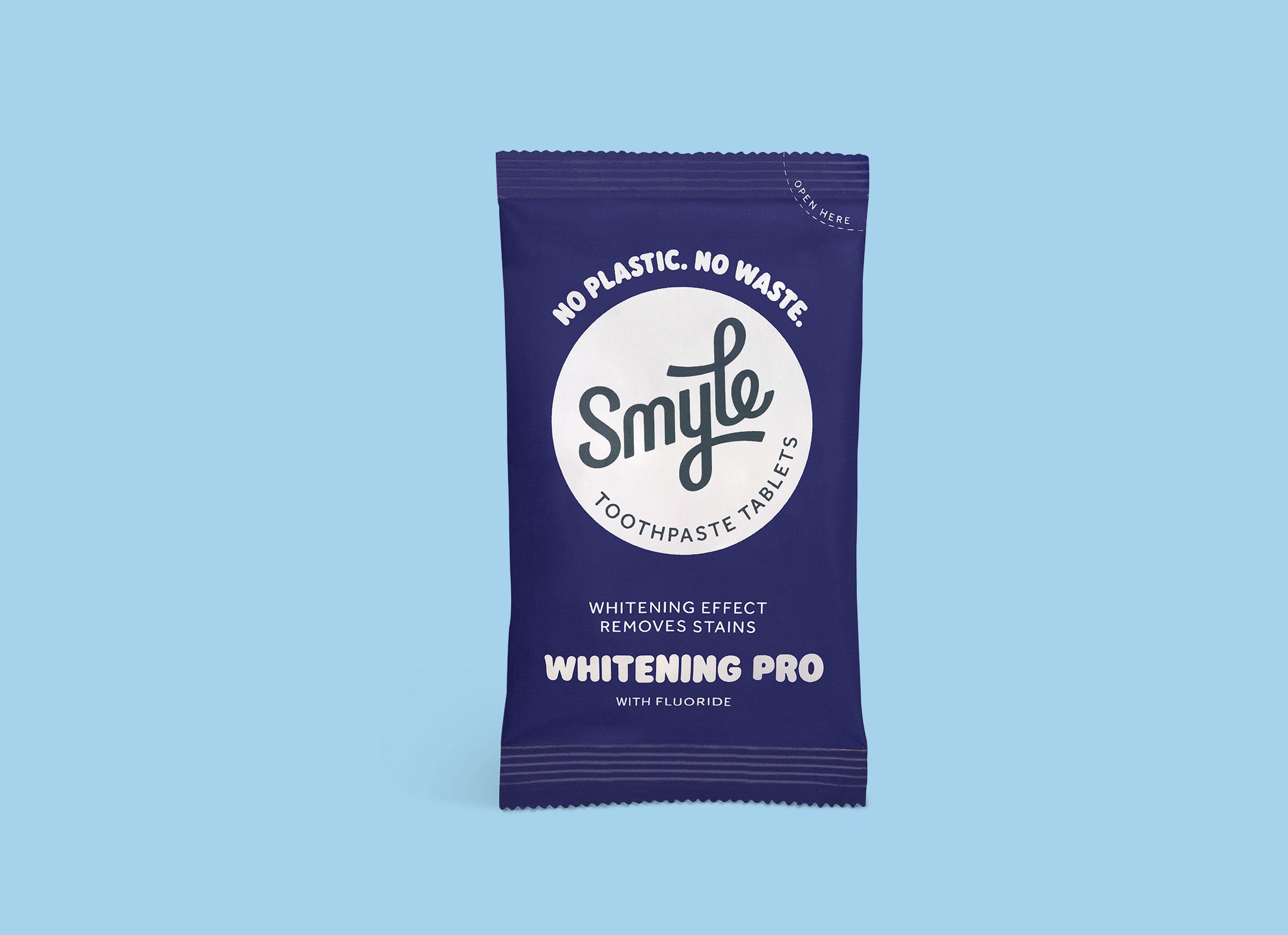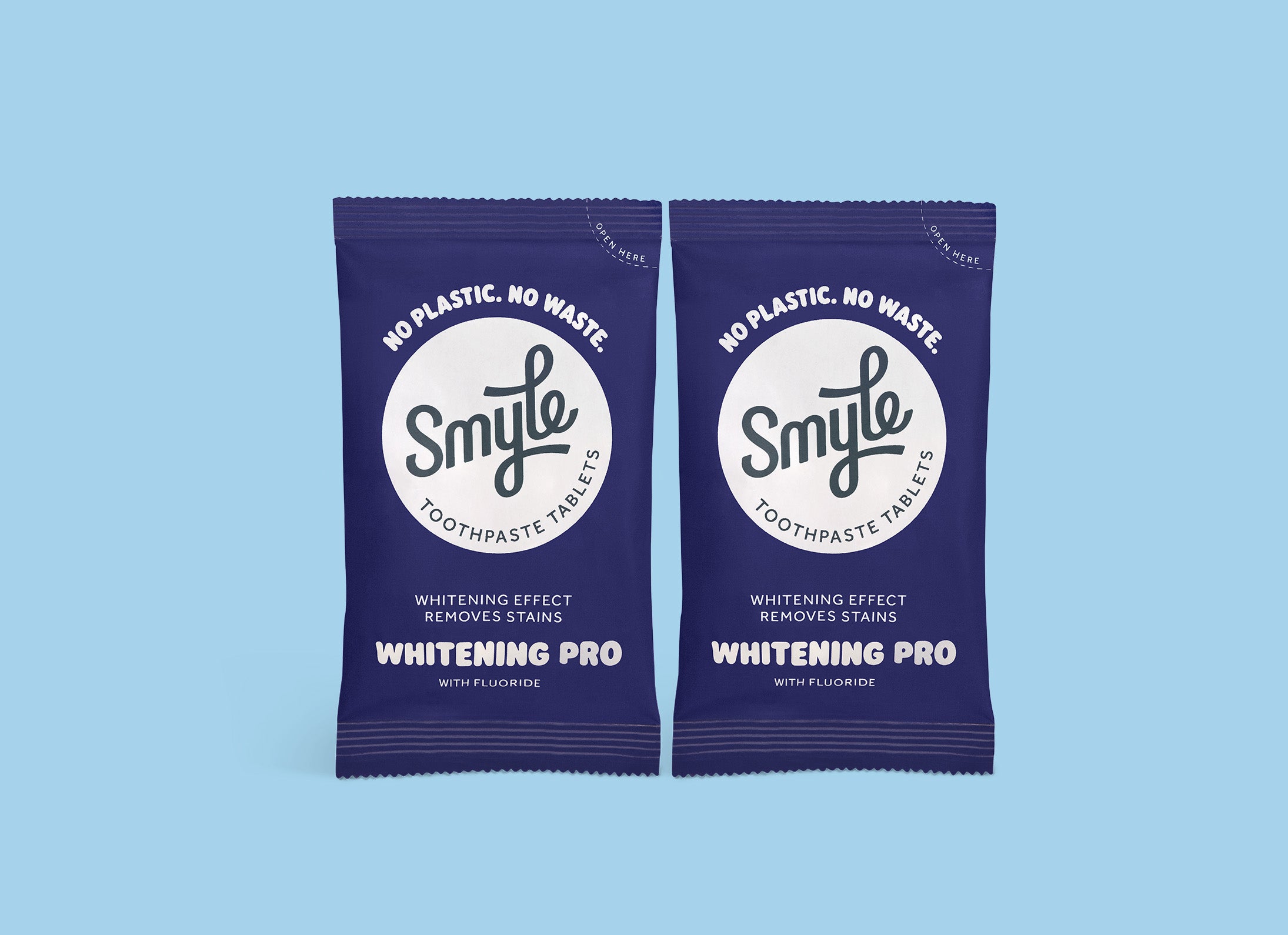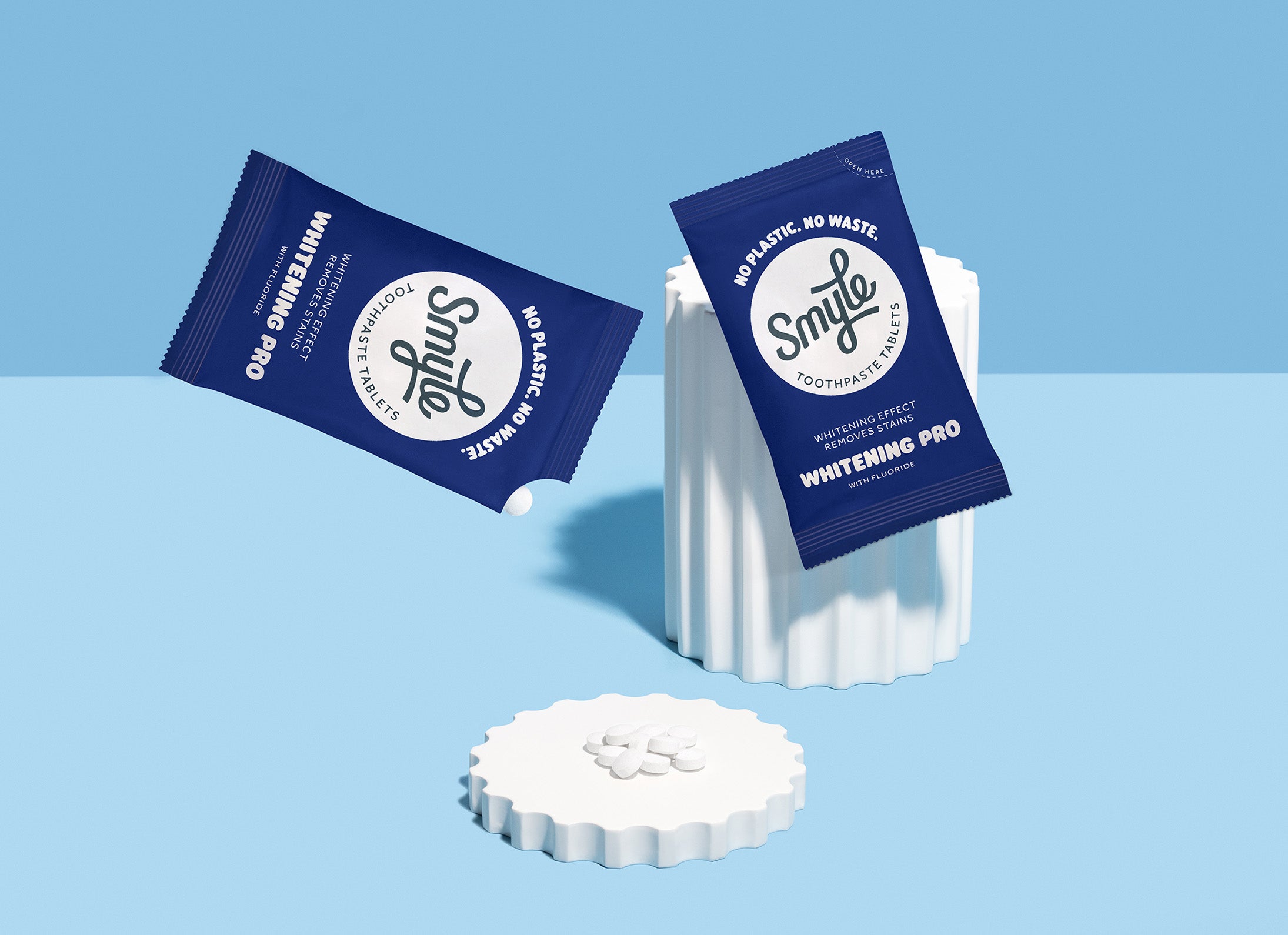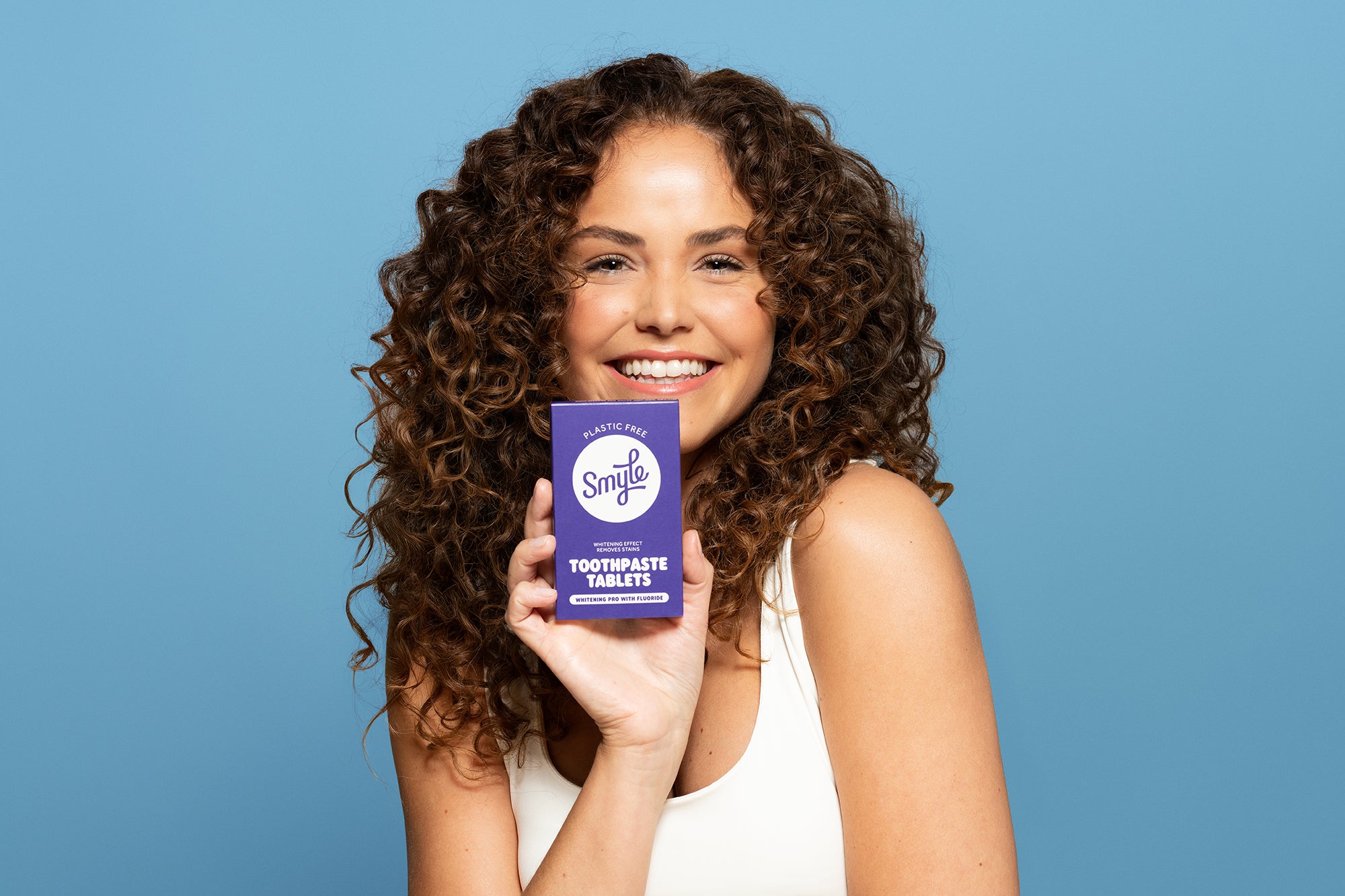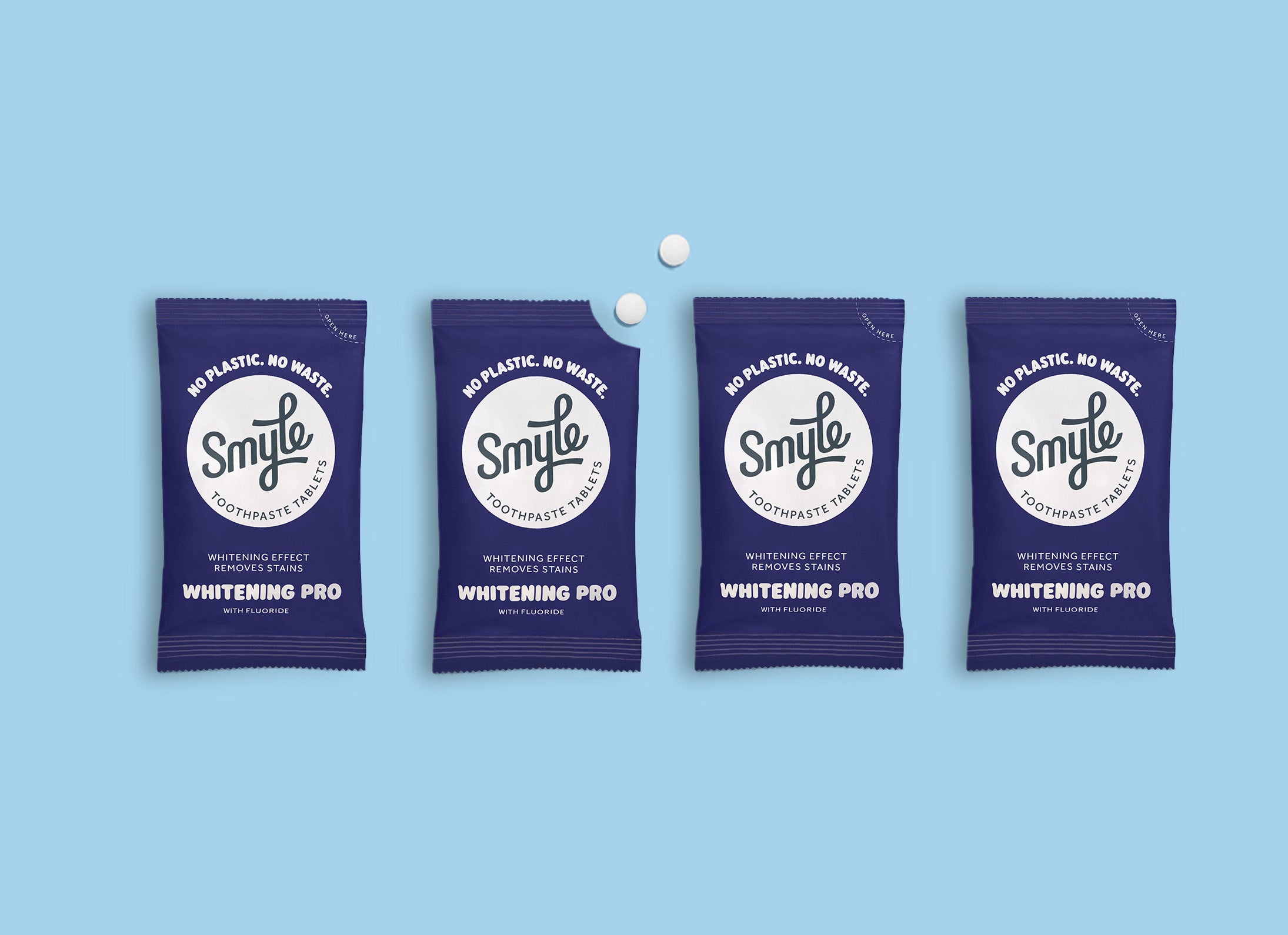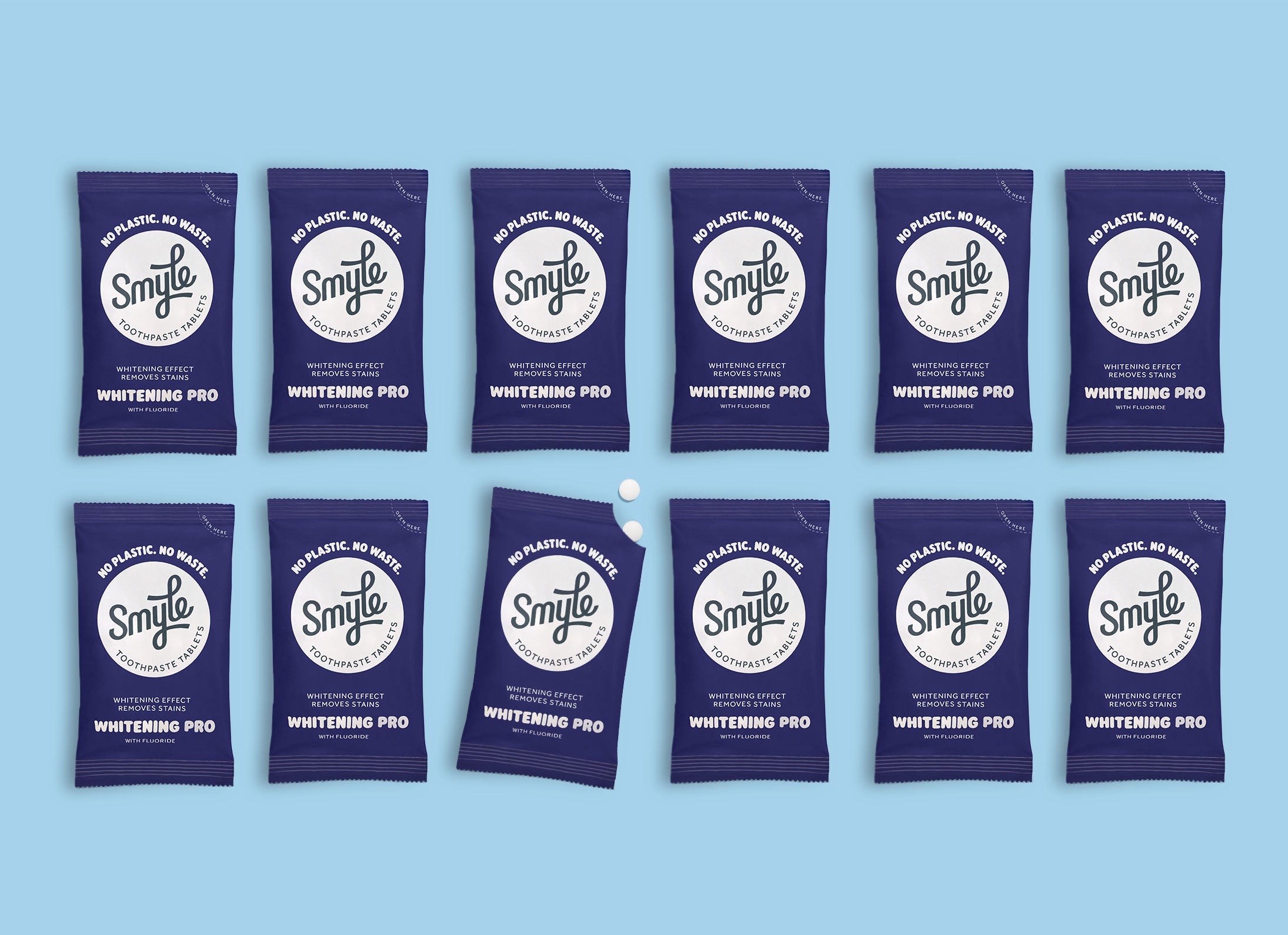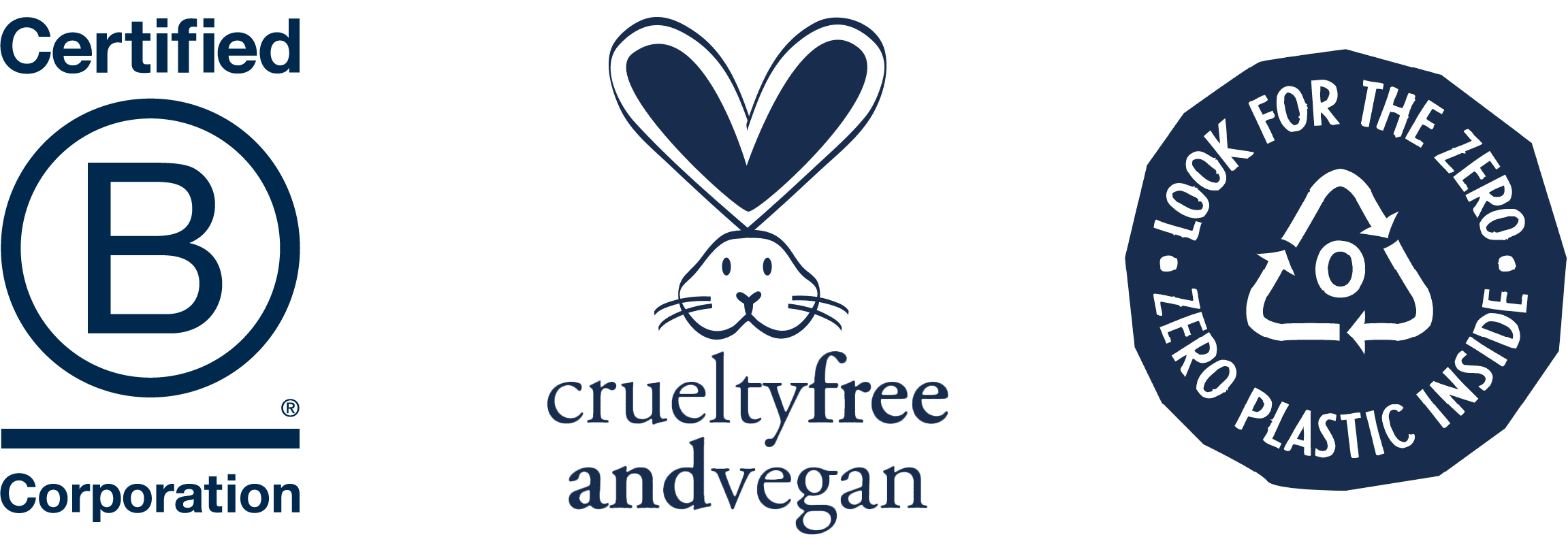
Do you know how healthy your tongue is? Do you have a light red or pink tongue? Congratulations! That means you have a healthy tongue. If it has a different color, such as black, dark purple, or yellow, then your tongue isn't healthy, and you'll want to take action as soon as possible. To better understand the health of your tongue, we'll explain everything you need to know and how to achieve the best results.
The Tongue
The tongue is a versatile and essential organ in our mouth and plays a very important role in taste perception and speaking. It is a muscular organ covered with papillae, giving it a rough surface. It is connected to the oral cavity and can move and change shape through muscles. With thousands of taste buds, the tongue allows us to perceive sweet, sour, salty, and bitter flavors. Additionally, the tongue plays a significant role in speech, working with other oral components like the lips, teeth, and jaw to produce different sounds for forming words and sentences.
How to recognize a healthy tongue?
How do you recognize a healthy tongue? These are the characteristics:
- Pink Color
A healthy tongue generally has a pink color, without any abnormalities like white, yellow, or red spots.
- Even Texture
A healthy tongue has a smooth and even texture, without rough or raised areas. The presence of bumps, sores, or visible tongue coating could indicate issues.
- Moist and Wet
A healthy tongue is moist, indicating sufficient saliva production. This is important for maintaining good oral health.
- No Bad Odor
A healthy tongue should not have an unpleasant odor. Bad breath can be associated with bacteria and waste on the tongue.
Common Problems
The tongue can experience various problems that can affect overall oral health. One common issue is tongue coating, where a whitish or yellowish layer forms on the surface of the tongue. This accumulation of bacteria, dead cells, and food particles can lead to an unpleasant taste and bad breath, as well as disrupt the balance of oral flora. It's important to understand that bad breath (also known as halitosis) is often linked to the condition of the tongue. The bacteria that accumulate on the tongue can produce sulfur compounds, which are responsible for the unpleasant odor we associate with bad breath. Additionally, canker sores and other tongue conditions, such as ulcers and inflammation, can cause discomfort and pain, making eating, speaking, and even laughing more difficult. Understanding these issues is essential to take effective steps towards maintaining a healthy tongue and fresh breath.
What Your Tongue Says About You
White Tongue
A white color on the tongue can have various causes, such as a deficiency in vitamins, minerals, or proteins, hormonal imbalances, a white coating on the tongue, cold, medication use, poor oral hygiene, smoking, excessive alcohol consumption, regular coffee or tea consumption, use of mouthwash, or a frequently dry mouth.
Black Tongue
A black color on the tongue may be caused by a fungal infection, a general infection, the use of antibiotics, dehydration, or issues with the absorption of certain nutrients.
Bright Red Tongue
A bright red tongue may indicate a strawberry tongue, which can be caused by a streptococcal infection or Kawasaki syndrome.
Red Tongue
A red tongue can be a result of drug use, coffee consumption, or fever.
Purple Tongue
A purple color on the tongue can result from a vitamin B12 deficiency or lack of oxygen.
Brown Tongue
A brown color on the tongue can be caused by regular coffee consumption or smoking.
Blue Tongue
A blue tongue may indicate an oxygen deficiency.
Yellow Tongue
Finally, a yellow color on the tongue can suggest a fungal infection.
Tips for a Healthy Tongue
How to maintain a healthy tongue? Follow these tips:
Tongue Cleaning
It’s important to regularly clean your tongue to remove excess coating and bacteria. This can be done using a tongue scraper, a specially designed tool that helps clean the tongue. By cleaning your tongue daily, you reduce the chances of tongue coating, bad breath, and improve your overall oral health. Start from the back of the tongue and gently scrape forward, rinsing the scraper after each use. There are also tongue scrapers with bristles that help remove bacteria. Choose the technique and tool that best suits you.
Oral Care Practices
In addition to tongue cleaning, it’s important to follow good oral hygiene practices to maintain a healthy tongue. This includes regular tooth brushing, flossing, and using mouthwash. By consistently applying and maintaining these practices correctly, you reduce bacteria in the oral cavity, contributing to a healthy tongue.
Drinking Enough Water
Drinking enough water is also crucial for a healthy tongue. Water washes away bacteria and keeps the mouth hydrated. It also helps prevent dry mouth, which can be a risk factor for tongue problems like canker sores. Make sure to drink water regularly throughout the day to keep your mouth healthy.
Healthy Diet
A balanced diet is essential for a healthy tongue. Ensure that you eat foods rich in vitamins and minerals, such as fruits, vegetables, and whole grains. Additionally, supplements like B-complex vitamins and zinc can also contribute to a healthy tongue. Consult a doctor or dietitian for advice on suitable supplements.
Healthy Tongue? Easy Peasy!
Taking care of your tongue is crucial for maintaining optimal oral health and overall well-being. Through regular tongue cleaning, following a good oral care routine, and considering natural remedies, you can keep your tongue healthy and fresh. Don’t forget that you should always seek medical help if you have persistent tongue problems. Take the time to care for your tongue and enjoy the feeling of a healthy mouth. After all, your tongue deserves nothing but the best!





































